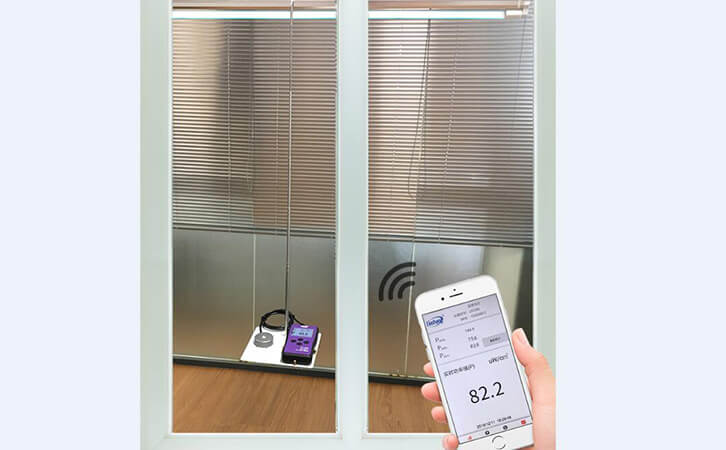Recovering patients Are Infected Again? These Measures Need To Be Taken
New coronavirus 2019 (2019-nCoV), [1] was discovered due to Wuhan virus pneumonia cases in 2019 and was named by the World Health Organization on January 12, 2020. Coronaviruses are a large family of viruses that are known to cause colds and more serious diseases such as the Middle East Respiratory Syndrome (MERS) and Severe Acute Respiratory Syndrome (SARS). The new coronavirus is a new coronavirus strain that has never been found in humans before. The virus is spreading faster than ever before. The new coronavirus is a single-stranded RNA virus that is cunning and variable. Since the outbreak, not only asymptomatic patients, but also patients with an incubation period of up to 23 days have occured, making the difficult epidemic prevention and control more difficult.
More recently, patients who have been discharged have been detected again during isolation. Are patients who have been discharged still contagious? This issue is also of concern to many people. Recently, with the approach of resumption of labor and production, more and more people have come out of their homes to take off their masks and feel the vibrant spring. However, the 20-day-long-incubation-infected patients from discharged patients made us realize that it is far from being completely safe now! We should minimize the gathering in public places. If we must go to public places, how should we protect ourselves?
The new type of coronavirus is afraid of high temperature. As long as the temperature reaches 56 degrees, it will lose its activity and no harm under 30 minutes. Secondly, the new type of coronavirus is afraid of disinfectants. Generally, it can be killed with 75% medical alcohol. So we can put on a mask and bring alcohol with us. In addition, the new coronavirus is afraid of ultraviolet light and it can also be killed by ultraviolet radiation. Ultraviolet sterilization has also become a common sterilization method in public places. Some door handles and escalators in public places can be sterilized with ultraviolet rays. Common UV germicidal lamps include low-pressure mercury lamps and LED light sources. Different types of UV germicidal lamps use different UV radiation meters. Ultraviolet germicidal lamps need to be regularly tested for their intensity to achieve good germicidal effects. If you need to detect germicidal lamps of the mercury lamp type, it is recommended to use Linshang LS126C UV radiation meter.
The spectral response range of the LS126C uv radiation meter is 230-280nm, which is mainly used to detect low-pressure mercury lamp germicidal lamps with a peak wavelength of 253.7nm. This instrument can have a maximum recording period of up to 600 minutes. The instrument can transmit real-time data to the mobile APP via Bluetooth. Users can export the test data to the computer software and print a test report after the test is completed, or monitoring the luminous power of the ultraviolet lamp through the mobile APP.
If you need to detect LED type germicidal lamps, it is recommended to use Linshang LS125 UV radiation meter + UVC LED probe. This probe has a spectral response range of 200nm-400nm. It is suitable for testing 220nm-320nm LED germicidal lamps. Online UV monitor is also provided, it can be connected to PLC/human-machine interface. Fore detailed information, please feel free to contact us sales21@linshangtech.com.
